Juvenile detention centers play a crucial role in the juvenile justice system, serving as places for young offenders to be held before trial or during sentencing.
However, many people are unaware of the complexities and challenges these centers face. Here are some lesser-known facts about juvenile detention centers that might surprise you:
The Purpose Is Beyond Punishment

Contrary to popular belief, juvenile detention centers are not only about punishment. Their primary goal is rehabilitation, aiming to give young offenders the tools they need to reintegrate into society.
These centers often offer educational programs, vocational training, therapy, and life skills courses to prepare juveniles for a better future. Research suggests that rehabilitation-focused approaches have a much higher chance of reducing recidivism than purely punitive measures.
Varied Sentencing and Treatment Options

Not all juveniles in detention are treated the same. Depending on the nature of the offense, juveniles may face a variety of sentences, from detention and probation to diversion programs.
Some centers provide restorative justice initiatives, where offenders are encouraged to take responsibility for their actions and make amends with victims. Diversion programs, such as community service or counseling, are gaining popularity as an alternative to incarceration, especially for first-time offenders.
Understanding Brain Development

A juvenile’s brain is still undergoing significant development, especially in areas related to decision-making, impulse control, and risk assessment.
The adolescent brain is more prone to impulsive behavior, making juveniles less capable of assessing the consequences of their actions. This has led many experts to advocate for more rehabilitative measures, rather than punitive ones, for young offenders
Segregation by Age and Gender

Juvenile detention centers typically segregate detainees by age and gender, ensuring that minors are not housed with adult offenders. However, there are some facilities that also create separate units for youth dealing with mental health or substance abuse issues.
These specialized units help to address the unique needs of these juveniles, providing targeted care to reduce the likelihood of reoffending.
The Reality of Overcrowding in Juveline Centers
Many juvenile detention centers face the challenge of overcrowding, with more juveniles being sent into detention than there are available beds. This leads to overburdened staff and sometimes unsafe conditions for both detainees and staff members.
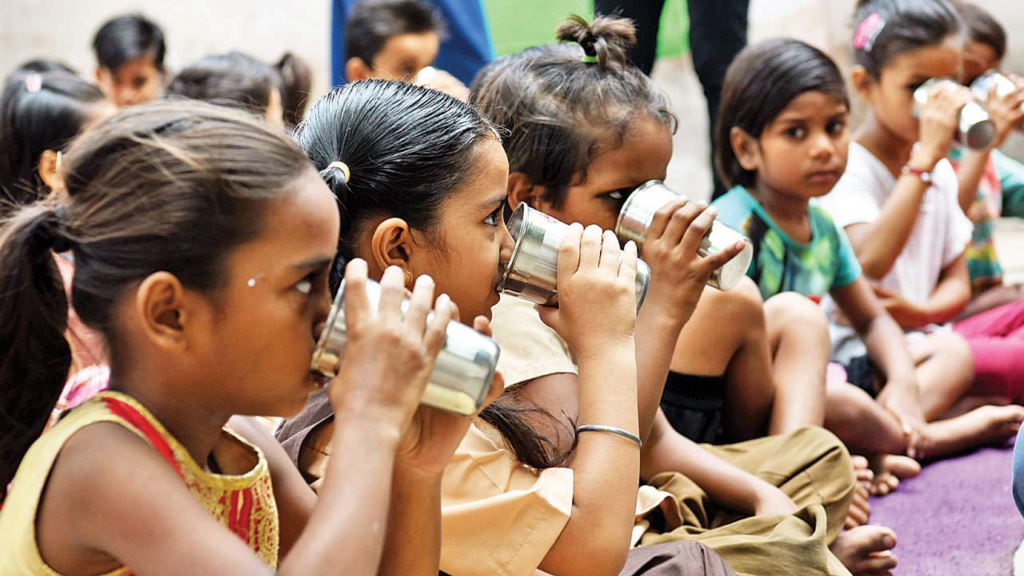
Overcrowding can also hinder the effectiveness of rehabilitation programs, as the staff may be unable to provide sufficient individual attention to each juvenile.
Private vs. Public Facilities
Juvenile detention centers can be publicly or privately operated, and there can be significant differences between the two. While public facilities are generally government-funded and provide services based on state mandates, private facilities often operate with profit motives.
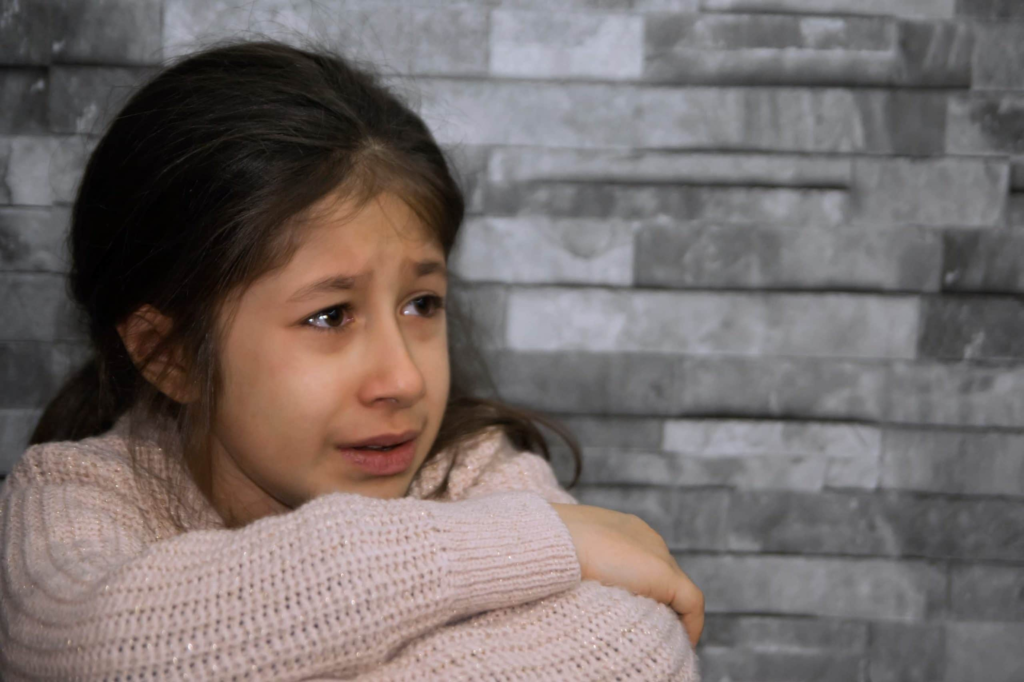
Critics of private juvenile detention centers argue that these facilities are more likely to prioritize financial gain over rehabilitative services, potentially putting young offenders at greater risk.
The Issue of Recidivism
Unfortunately, juvenile detention centers do not always succeed in preventing reoffending. Studies show that without proper rehabilitation, many juveniles who serve time in detention are likely to re-offend after their release.
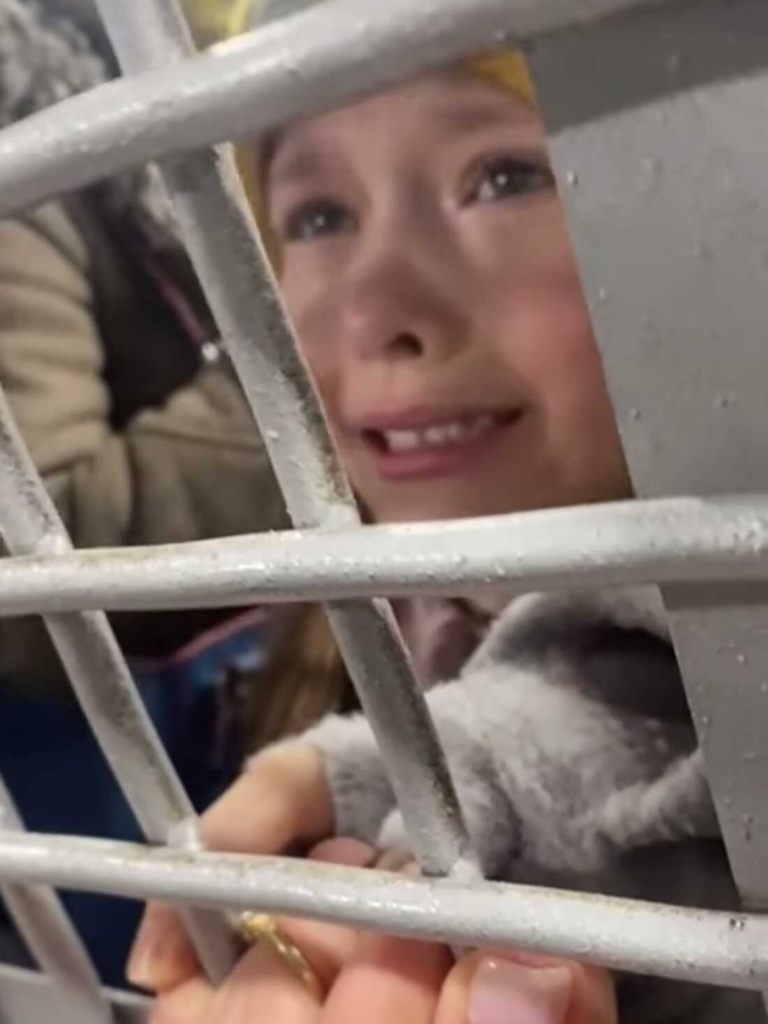
This has raised questions about the effectiveness of incarceration as a rehabilitative tool, with many experts calling for alternative models like community-based rehabilitation or restorative justice programs.
Juvenile Detention vs. Adult Prisons

In many regions, juveniles are typically tried as minors, but in certain circumstances, young offenders may be transferred to adult prisons. The age at which this transfer can occur is often lower than one might expect. This has been a point of debate, as many experts argue that juveniles in adult facilities are at greater risk of abuse and have a higher likelihood of reoffending upon release
Youth Mentoring Programs
In many regions, juveniles are typically tried as minors, but in certain circumstances, young offenders may be transferred to adult prisons. The age at which this transfer can occur is often lower than one might expect.
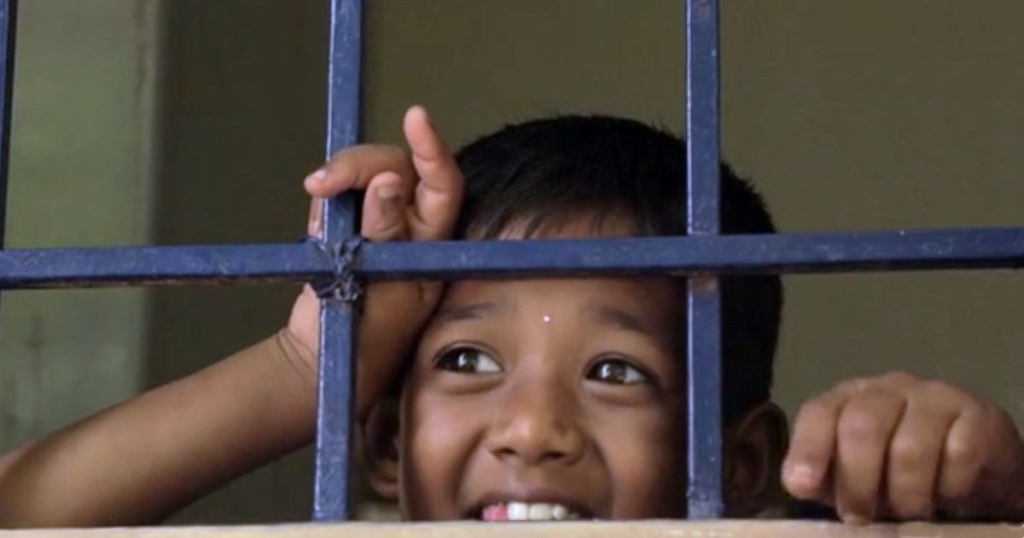
This has been a point of debate, as many experts argue that juveniles in adult facilities are at greater risk of abuse and have a higher likelihood of reoffending upon release.
Long-Term Effects on Juveniles
Time spent in juvenile detention centers can have long-lasting effects on young offenders. Studies show that juveniles who spend time in detention are at greater risk of facing unemployment, mental health issues, and difficulties reintegrating into society.
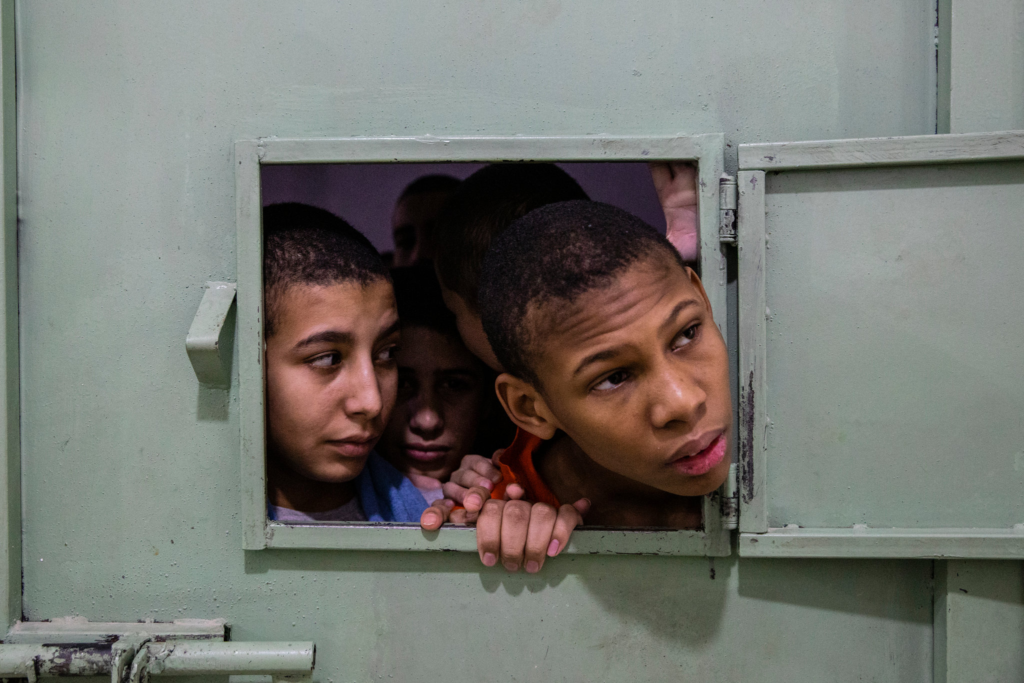
This has led to concerns about the long-term effectiveness of juvenile incarceration and the need for alternative approaches that focus on rehabilitation rather than punishment
